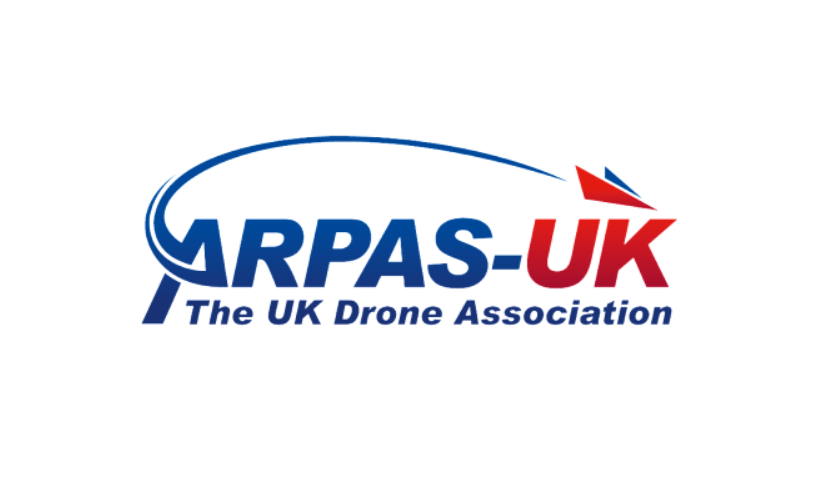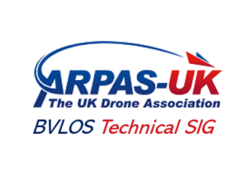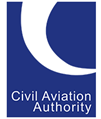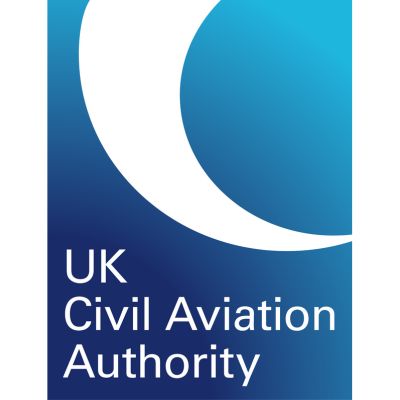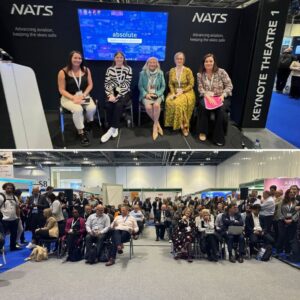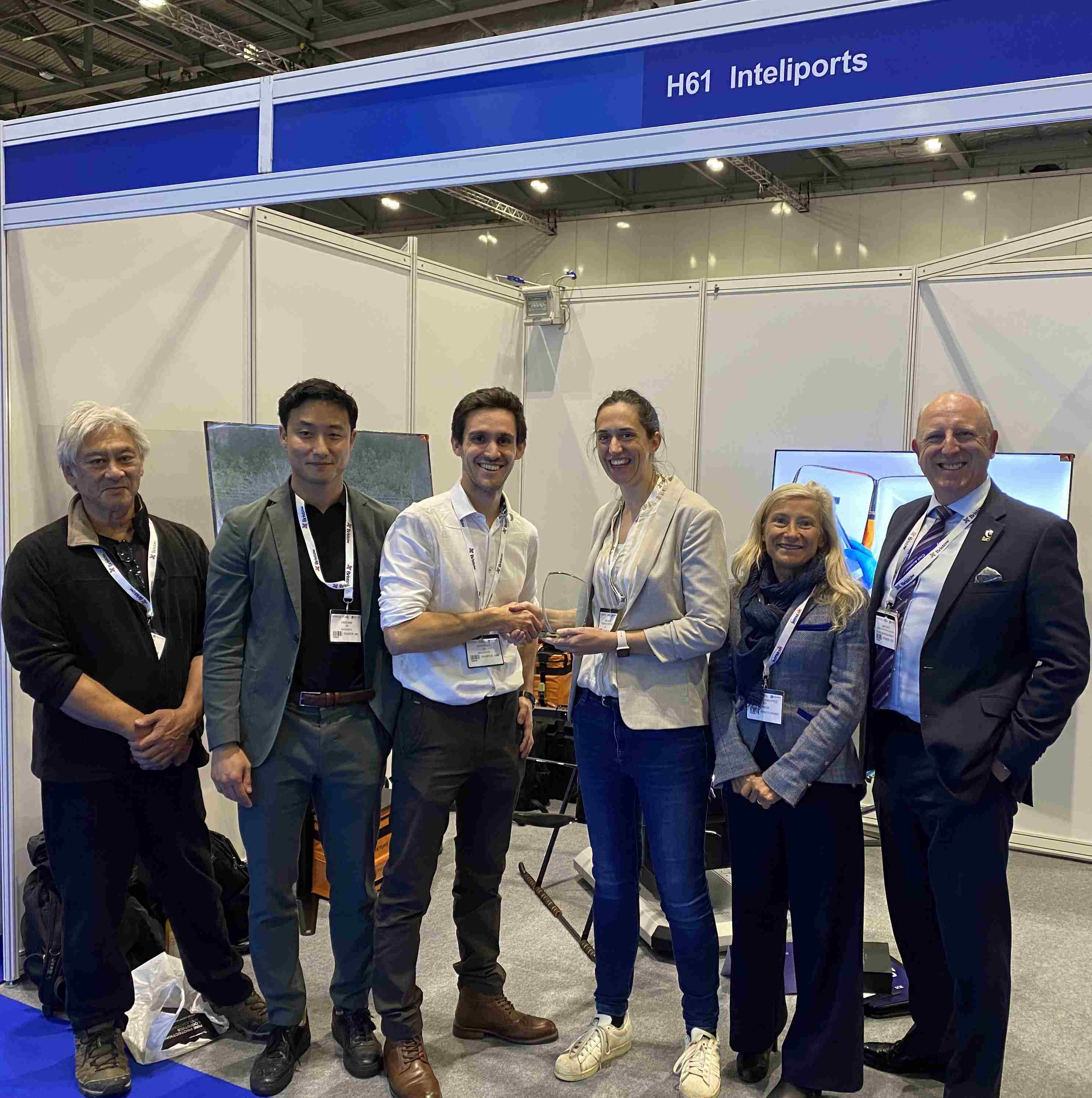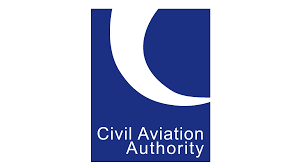In 2023 ARPAS-BVLOS launched and delivered its Risk Quantification course. In 2024, it then responded to other BVLOS consultations, including Detect and Avoid and UK SORA. Since then ARPAS-UK has been considering how it can offer something different to the established Policy/Strategic bodies, such as the NATS-BVLOS Forum, FAIWG and the Future of Flight Industry Group.
We’ve thus come up with an ARPAS-UK BVLOS SIG Manifesto (see below) which will be more of a directive approach, having seen industry go around in circles around Sandboxes, consultations and perceived IP in what are currently very similar Vols 1,2,3. In crewed aviation the USPs are not in the how you fly but the business model around it.
We won’t look at the business models, that’s for your own development, but we feel there is a new process we can work on as an active ARPAS-BVLOS Cohort (akin to a BSI Working Group) to develop a standard methodology to support BVLOS.
This may not suit all operators, but, with a consistent industry approach we can move things along for all.
ARPAS-UK BVLOS SIG Manifesto: An active practical community-driven approach
Introduction
BVLOS is hard, and navigating the regulatory landscape is no small feat. Regulatory authorities cannot sign off on operations unlessstringent safety requirements are met, which are both a necessary safeguard and a significant challenge for operators. While we have a multitude of developing standards, operators need a unified pathway they can follow. The Specific Operations Risk Assessment (SORA) methodology is one such example, yet it cannot cater to every scenario and is not going to be as simple as filling out a form. As a community, we must develop a comprehensive understanding of how to quantify our operations and derive the data required to support them.
Purpose of the ARPAS-UK BVLOS SIG
The ARPAS-UK BVLOS SIG aims to explore and establish alternative solutions for enabling Beyond Visual Line of Sight (BVLOS) operations without necessitating changes to traditional airspace infrastructure. The group will investigate innovative technologies, policies, and strategies that could enable safe and efficient BVLOS operations. This includes evaluating ground risks, such as population density, and air risks, like the volume of aircraft movements within a given airspace. The goal is to bring together industry experts to collaboratively identify and advocate viable solutions, therefore helping to accelerate the adoption of BVLOS operations across various sectors.
Importance of Data and Quantification
For BVLOS operations to be safe and efficient, we need to identify all the data points necessary to support them. This includes understanding some of the underlying principles used by SORA, and its assumptions on the probability of ground fatality, or air risk by characterising airspace with aircraft movement data. This task is unprecedented and could require a new approach in aviation, such is required for low-fidelity technology but in substantial quantities. Additionally, stakeholders such as insurers and manufacturers play a critical role. Insurers need comprehensive data to assess risk accurately. Manufacturers need to consider mean time to failure (MTTF) of components and other detailed analyses, such as Command and Control (C2) links and failure mode analysis, to ensure reliability. These need to be provided transparently by organisations for the benefit of the wider industry.
Challenges and Industry Collaboration
The drone industry faces significant challenges, including a limited standardisation and a fragmented regulatory landscape. There are also very different practices between traditional aviation policies, regulation and processes and those relating to ground infrastructure, local authorities and other affected private owners. Many companies operate in silos, believing they have unique solutions; yet if they did, they would already be flying BVLOS unconstrained across the UK. Humility and collaboration are essential. As in wideraviation and other industries, the drone industry must accept that no single entity has all the answers. The ARPAS-UK BVLOS SIG will be a collaborative space, similar to a standards working group, where active participation is mandatory by its members. Members will work together to solve practical issues related to scaling BVLOS operations – and to be clear, this would be in unsegregated, particularly Class G, airspace.
Non-Airspace Change Solutions
The group’s focus will be on non-airspace change solutions, which are crucial yet underexplored. Many discussions around BVLOS operations have centred on airspace accommodation, but numerous applications do not require new airspace constructs. Examples include infrastructure inspections (pipelines, power lines, bridges), wildlife monitoring, and delivery of packages and medical supplies in rural areas. The SIG will explore these applications and develop innovative, evidence-based solutions to the challenges they present. Atypical Airspace is an example of the regulator contributing its part though policy, but how do we showcase the right Operational Risk Assessment to consolidate this?
Digitisation and Integration
Drawing from an ARPAS internal paper “Digitisation of the Drone Environment for Entrepreneurs (DDE)” the SIG will promote the digitisation of drone operations. Digitisation will enable automation, accountability, and transparency in regulatory processes, crucial for integrating drones into urban environments.
The workflow approach will guide the development of these processes:
- Workflow Design:
- Develop a comprehensive workflow for BVLOS operations, integrating all necessary data points and regulatory requirements.
- Identify key data sources and ensure their accuracy and reliability.
- Data Points and Sourcing:
- Define critical data points, including ground risk (population density), air risk (aircraft movements), and other relevant metrics.
- Source data from reliable and verified providers to ensure robustness.
- Training and Risk Mindset:
- Develop training programmes focused on a risk-based mindset, ensuring As Low As Reasonably Practicable (ALARP) and tolerable risks to operations.
- Incorporate fatality risk assessment and mitigation strategies into training.
- Collision Avoidance and Electronic Conspicuity:
- Implement systems for collision avoidance and ensuring well-clear distances.
- Define requirements for electronic conspicuity and multiple communication modes.
Safety Assurance Framework
A comprehensive safety assurance framework is vital for integrating and digitising both aviation and non-aviation regulations, including safety risk, certification and conformance with standards; also including relevant change management, safety management, quality assurance and safety culture. This framework will evolve to consider new actors, interfaces, and relationships introduced by urban drone operations. It will extend the existing aviation safety risk assessment evidence to the low-level urban environment, ensuring public and private organisations can deliver goods faster, safer, cheaper, and with less environmental impact. Including an general alignment with the latest CAA RPAS Policy on Digitising Specific Category Operations for gaining CAA Operational Authorisation, this framework will reduce barriers to entry for startups and SMEs, attracting more participants to the drone industry.
Societal Acceptance and Public Engagement
Public acceptance is a critical component of successful BVLOS operations. The SIG will develop a societal acceptance framework, addressing safety, security, environmental impacts, and the value proposition of drone operations. Transparent communication and stakeholder involvement will be key. The framework will draw from current approaches, such as the CAA’s CAP1616 airspace change process, and adapt them to meet the needs of new technologies and infrastructures. Engaging with the public and addressing their concerns proactively will facilitate smoother integration of drones into daily life.
Safeguarding Urban Drone Operations
Traditional safeguarding practices must be updated to reflect the shift towards urban and advanced air mobility (UAM/AAM). Few regulations exist for vertiport and drone port design and operations, and those that do are still developing. The SIG will review and update safeguarding requirements, considering the new factors impacting safety and regularity of urban drone operations. This includes aligning with national and international standards and regulations and conducting feasibility studies for potential site locations.
Practical Implementation and Stakeholder Engagement
The SIG will not be a strategic political lobbying group, but a practical working group focused on tangible outcomes. Members will engage in hands-on activities, such as data collection, analysis, and developing safety cases. Stakeholders, including local authorities, insurers, manufacturers, and operators, will actively participate in the group’s work. This collaborative approach will ensure that solutions are practical, feasible, and widely accepted.
Conclusion
The ARPAS-UK BVLOS SIG will play a crucial role in advancing BVLOS operations in the UK. By focusing on practical, hands-on collaboration and addressing the real-world challenges operators face, the SIG aims to develop a unified, evidence-based approach to BVLOS operations. This will involve integrating aviation and non-aviation regulations, digitising processes, and fostering public acceptance. The group’s work will accelerate the adoption of BVLOS operations, unlocking their full potential for driving innovation and improving efficiency across various sectors.
Call to Action
The ARPAS-UK BVLOS SIG invites all stakeholders, including operators, manufacturers, insurers, local authorities, and other industry experts, to join this collaborative effort. Together, we can develop practical solutions to the challenges of BVLOS operations and pave the way for a safer, more efficient, and innovative drone industry in the UK.
For more information or to join the ARPAS-UK BVLOS SIG, please contact: [email protected]
Read more from the ARPAS-UK’s BVLOS SIG.
21 October 2024


